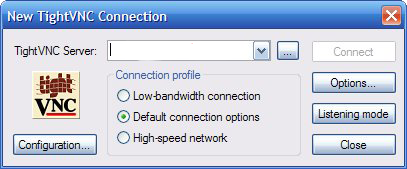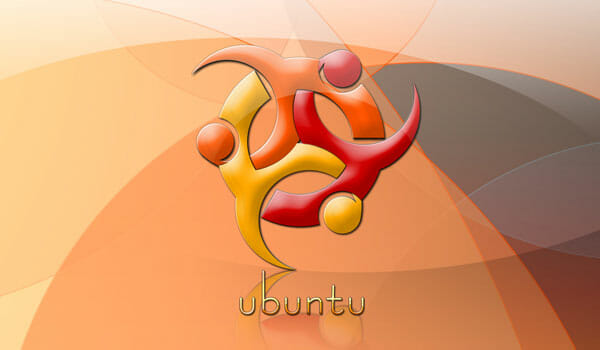Remote desktop on Ubuntu isn’t new. This is known for while. Even it is not as good as Windows remote desktop, but you still can connect and control your Ubuntu desktop remotely. There are some tools to connect to your Ubuntu desktop remotely. You can use TightVNC to remote desktop on Ubuntu.
[quote sourceurl=”http://en.wikipedia.org/wiki/TightVNC” sourcename=”Wikipedia”]TightVNC is a cross-platform open source remote desktop software application that uses and extends VNC’s RFB protocol to control another computer’s screen remotely. It is a remote display program that allows you to run totally parallel sessions on a machine which you can access from anywhere on a LAN or over the Internet. The server and all applications your start continue to run on it even when you disconnect. [/quote]
Remote desktop on Ubuntu with TightVNC installation:
- Open a terminal on your host computer or connect it with ssh if it is in remote area
- You have to have root access permission, or connect as root.
- If your host (target) Ubuntu, doesn’t have desktop, you need to install it first:
apt-get install ubuntu-desktop
It will take a while, wait until it is finished.
- Install vnc server:
apt-get install -y vnc4server xinetd
- Edit xstartup fle:
vim ~/.vnc/xstartup
- Find this command:
twm &
Replace with:
gnome-session &
- Start VNC server:
vncserver :1
- Now you need to download TightVNC client and connect it:

- Put your server IP and press connect. It will prompt and ask your username and password.
- Connected!
This won’t work if your host inside a private network or behind a firewall. To do that you have to configure your firewall to bypass the connection to your host. The alternative, if you want to connect your Ubuntu at your home, you can use TeamViewer instead. I don’t how is the performance, but as far as i know TightVNC would be more secure and light bandwidth consumption. As far as i know to configure TamViewer to connect to your host, you have to set it automatic login, which is not secure.
Download TightVNC
Download TightVNC for Windows and Linux

Hiya,
Great info.
Just wanted to let you know that you would have to run vnc4server after 4. apt-get install -y vnc4server xinetd and before you 5. vim ~/.vnc/xstartup as the .vnc directory and xstartup aren't created until after vnc4server is run for the first time.
hi pak33m, yes i forgot that one since i already run it for a while before. So the xtstartup already there.
Thanks for remind me.
I certainly believe that the iPad's future in business should be established, with the use of the device as a business tool. The 2X Client for iOS does just that(http://www.2x.com/virtualdesktop/ios), as it's a free download that lets you use Windows apps from your iPad, which will give you application publishing and RDP Remote Desktop capabilities for free. This stands in comparison to the Citrix Receiver and Wyse PocketCloud, which both charge for their apps. Check it out!
The above steps seems to be complicated in regards to Tight VNC installation on Ubuntu. Instead, I would recommend using tools like logmein, R-HUB remote support servers, teamviewer etc. It is very simple and easy to use plus works on all platforms including Ubuntu and does not involve complex configuration.